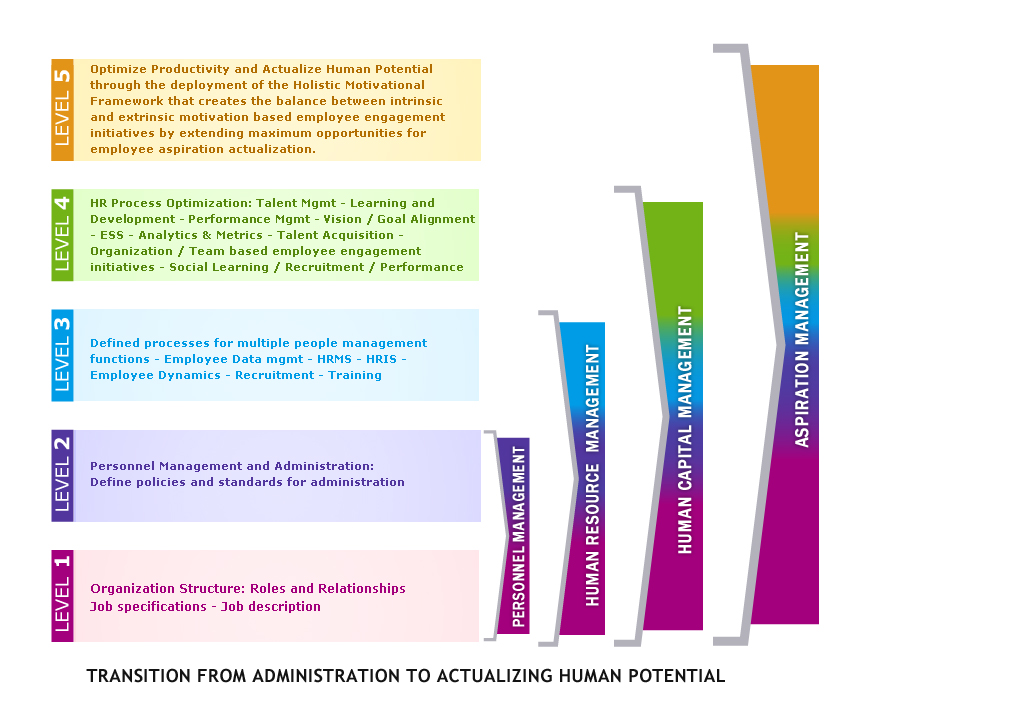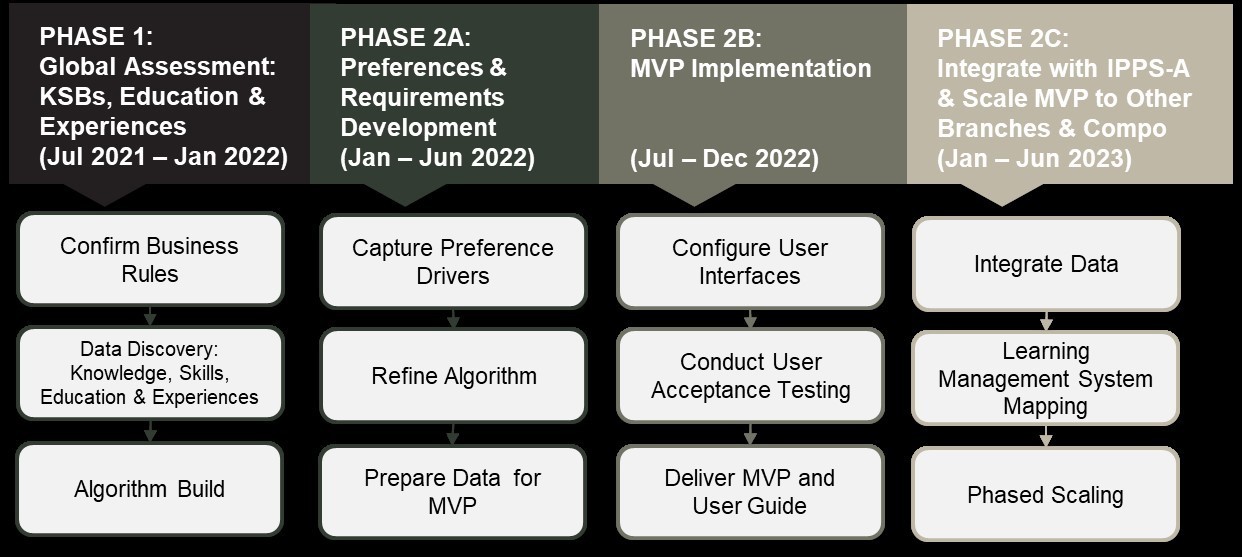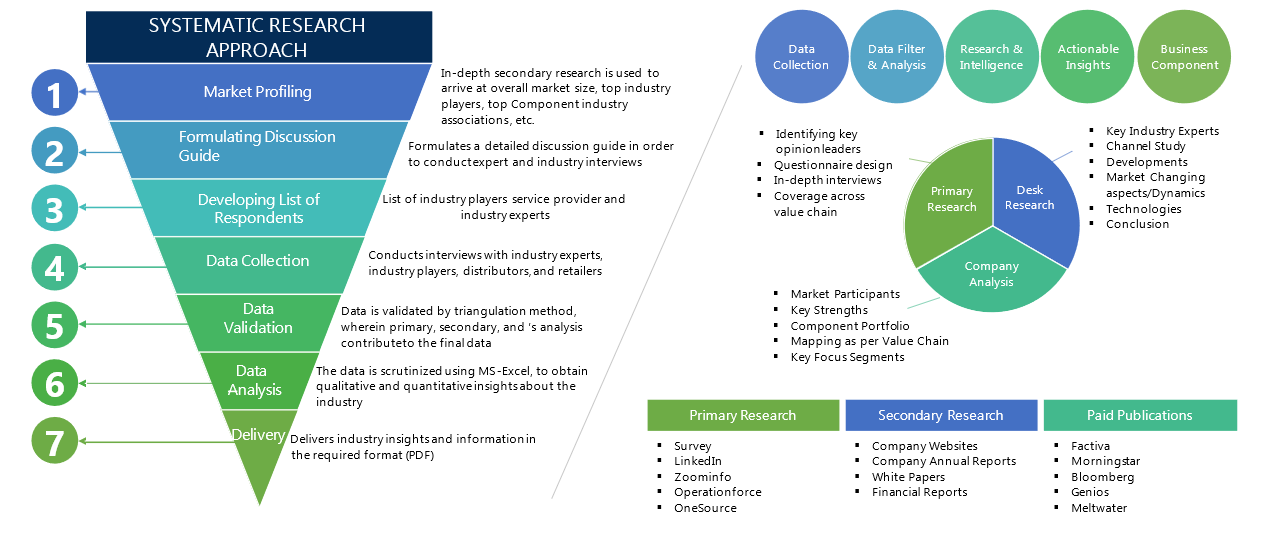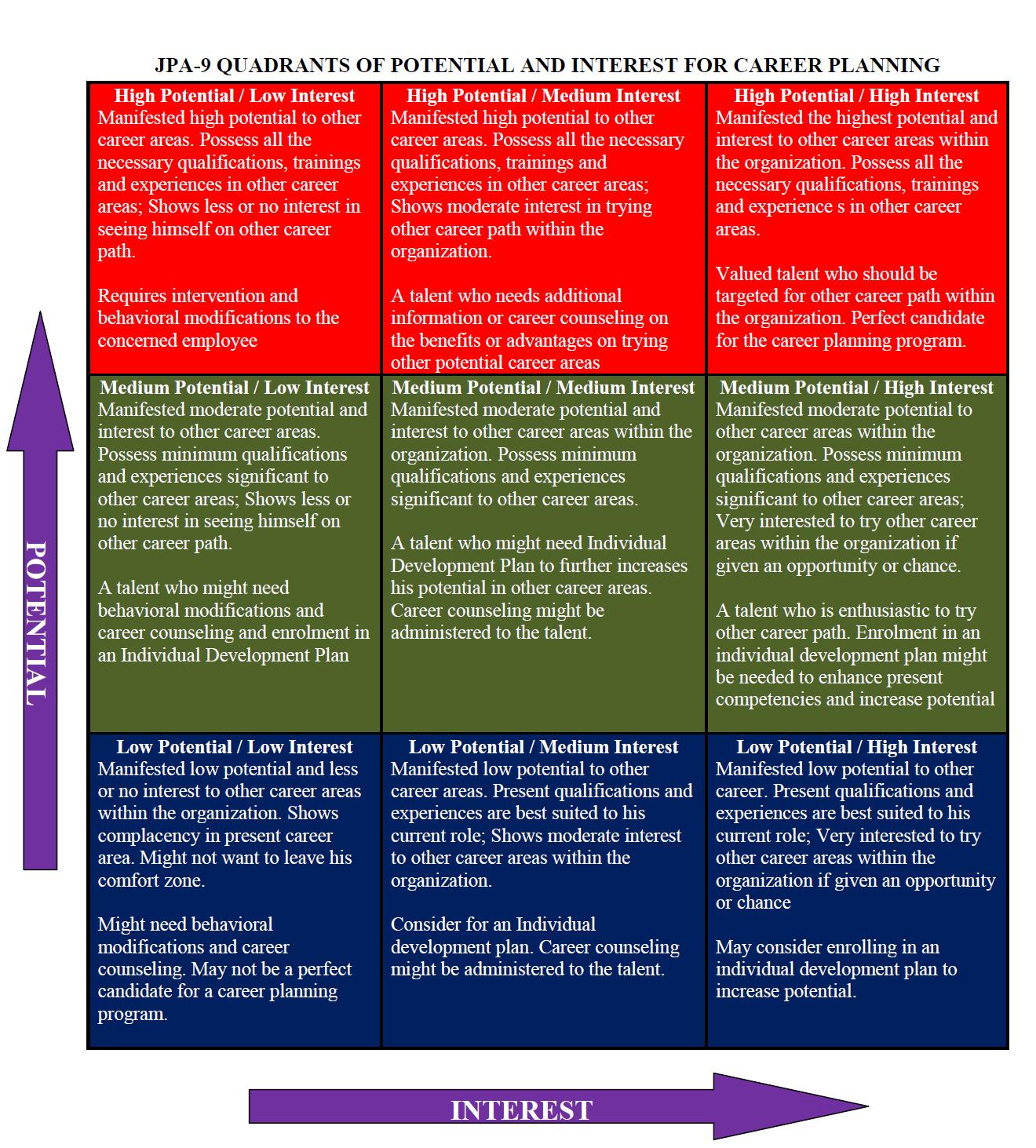
In business today, every choice counts. Data-driven HR practices are making a big difference. Think about predicting when employees might leave, creating training programs that actually boost productivity, or spotting top candidates before they even apply. A recent study shows that companies using data in their HR strategies are 56% more likely to keep employees engaged and sticking around. So, how do you use data to level up your HR game? This article breaks it down with a step-by-step guide, insights specific to different functions, and answers to common questions. Whether you're an HR pro looking to shake things up or a business leader wanting to improve performance, this guide gives you the tools and know-how to succeed with data. Let's get started!
Exploring Data-Driven HR Practices
Defining Data-Driven HR Practices
Data-driven HR revolves around leveraging numbers, analytics, and concrete facts to inform HR strategies and decisions. By utilizing HR data and analytics, companies can better align their HR initiatives with business objectives and proactively address challenges. Consider the use of predictive analytics for workforce planning, AI for candidate screening, or analyzing employee data for personalized experiences. This approach transforms HR into a strategic partner, enhancing organizational performance through fair and informed decision-making.

Advantages of Implementing Data-Driven HR
Data-driven HR sharpens decision-making by utilizing real-time data. It refines business strategies by identifying top talent and optimizing organizational structures. Understanding employee preferences and behaviors leads to increased engagement, satisfaction, and retention. Workforce planning becomes more efficient by monitoring demographics and forecasting needs, highlighting skill gaps for more strategic hiring. Additionally, data-driven recruiting accelerates processes and promotes diversity, while transparent results enhance clarity. It also improves employee experiences through customized training and language support.

Step-by-Step Guide to Implementing Data-Driven HR Practices
Define HR Objectives for Data-Driven Success
To make data-driven HR work, you need clear goals that align with business needs. Start by collaborating with top leaders to understand the company's main priorities. This teamwork helps establish primary HR goals, such as clarifying the leadership pipeline or reducing employee turnover. For instance, you might aim to boost internal promotions by 10% within a year.
- Use frameworks like HR OKRs to track progress, ensuring HR efforts support the company's overarching objectives.
- Set focused, business-aligned objectives with specific KPIs, like reducing turnover by 15% or increasing internal mobility by 20%. This keeps data-driven HR efforts on track and effective.

Gain Leadership Support for Data-Driven HR Initiatives
Getting leadership on board is crucial for data-driven HR success. You need visible support from top executives to secure resources and foster a data-focused culture. Engage them by demonstrating how data initiatives can enhance performance. Share examples of how workforce analytics can solve company problems, reinforcing their support.
- Consistently use data in decision-making to show alignment with business goals.
- Collaborate with C-suite executives and highlight successes to build a culture where data is integral to HR.
Collect and Validate Data for HR Insights
The success of data-driven HR hinges on quality data. Begin by mapping all current HR data sources, such as HRIS, ATS, payroll, engagement tools, and exit interviews, to assess your resources.
- Check data types, quality, and access to identify gaps, like missing skills inventory or training ROI data.
- Ensure data sources are reliable and adhere to governance policies for data security.

Invest in HR Data Infrastructure and Tools
Managing and analyzing HR data effectively requires investing in a centralized HR data warehouse. This setup consolidates data from various sources into a single repository.
- Use self-service analytics tools like Tableau or Power BI to provide broad data access with proper security.
- Invest in robust infrastructure and tools to support advanced analytics and predictive modeling.
By equipping HR teams with the right tools, you foster a culture of data exploration and innovation.
Enhance HR Data Literacy for Better Insights
Improving HR data literacy is essential for maximizing data-driven practices. Train HR professionals to interpret data dashboards, apply statistical reasoning, and translate insights into action.
- Develop HR teams as “insight translators” who can integrate data into daily work and decisions.
- Address the gap where 90% of CHROs want HRBPs to use data, but only 42% feel ready, with targeted training.
Conduct workshops on data interpretation and storytelling for HR partners to better share insights. By building data literacy, you empower HR professionals to become strategic partners in driving success.
Analyze HR Data for Actionable Insights
Once you’ve collected your data, the next step is analysis. Use analytics tools to identify patterns, trends, and issues such as turnover hotspots or the impact of training on productivity.
- Look for insights that reveal challenges and opportunities to improve workforce outcomes.
- Use predictive analytics to foresee employee turnover by examining factors like absenteeism, engagement scores, and career growth.

Translate Data Insights into HR Strategies
When you uncover insights, convert them into actionable recommendations. If data indicates high turnover among new hires, consider improving onboarding processes.
- Align insights with workforce strategies and business goals for relevance and impact.
- Utilize recruitment analytics to match candidates with the right roles more efficiently.
By turning data into actionable insights, you can drive strategic initiatives that enhance HR outcomes.
Implement Data-Driven HR Strategies for Success
With insights and recommendations in hand, it's time to act. Use insights to refine recruitment, onboarding, training, leadership development, and compensation based on data analysis.
- Ensure initiatives align with employee needs and company goals for optimal results.
- Test focused data-driven programs like automated turnover reporting or engagement tracking for quick wins.
By integrating data-driven strategies into HR, you drive continuous improvement and achieve desired results.
Launch Pilot Programs for Data-Driven HR
To gain traction for data-driven HR, initiate pilot projects in high-impact areas. These pilots should target areas where data-driven methods can quickly demonstrate value.
- Use predictive analytics to identify employees at risk of leaving a key unit, potentially reducing turnover by 10%.
- Leverage pilot results to refine approaches before a wider rollout, ensuring readiness and buy-in.
By starting with targeted pilots, you build confidence in data-driven methods and demonstrate their potential impact.
Monitor and Refine Data-Driven HR Strategies
For ongoing success, continually monitor data-driven HR practices. Track key workforce metrics to evaluate strategy impact and identify areas for adjustment.
- Adjust initiatives based on data feedback to optimize outcomes and maintain flexibility.
- Create feedback loops and open data access to encourage ongoing conversations and sharing of best practices.
Regularly review turnover rates post-intervention and adjust retention programs to keep data-driven practices relevant and effective.
Integrate Data into Daily HR Workflows
To make data-driven practices a permanent part of HR, integrate data checkpoints into regular processes. For instance, use data dashboards in weekly talent review meetings to guide promotion and development decisions.
- Make data accessible beyond analytics teams with proper governance to empower broader decision-making.
- Encourage HR teams to use data regularly, boosting consistency and impact.
By embedding data into daily workflows, you ensure it remains central to HR operations.
Create Feedback Loops and Democratize HR Data
To enhance data-driven HR, establish feedback loops for ongoing dialogue and best practice sharing. Encourage discussions to improve data collection and usage.
- Make data accessible beyond analytics teams while ensuring security to foster a data-driven culture.
- Use user feedback to refine data systems and analytics to better meet needs.
By promoting learning and collaboration, data-driven HR practices can evolve and improve.
Celebrate and Reward Data-Driven HR Achievements
To reinforce a data-driven culture, recognize teams and leaders who effectively use data insights. Implement recognition programs to encourage data-driven decision-making.
- Celebrate quick wins from pilot programs to build momentum and buy-in.
- Award a 'Data-Driven HR Champion' title to teams that use analytics to improve retention, fostering continuous improvement.
Support Change Management for Data-Driven HR Adoption
For successful data-driven HR adoption, establish change management support. Help stakeholders understand and embrace new data-driven approaches with communication, training, and support.
- Focus on helping stakeholders adopt data-driven decision-making by addressing concerns and demonstrating benefits.
- Use change management to ensure sustainable adoption across the organization.
Conduct workshops and regular communications to ease the transition and build enthusiasm for data-driven HR. By fostering understanding and support, you drive successful change and ensure long-term success.
By following this step-by-step guide, organizations can implement data-driven HR practices that drive real change and contribute to business success. Each step builds on the last, from defining objectives and securing leadership buy-in, through data collection and infrastructure investment, to embedding data in daily workflows and sustaining culture change with recognition and support. This comprehensive approach ensures data-driven HR practices are well-developed, impactful, and aligned with goals.
Data-Driven HR Practices: Function-Specific Insights
Data-Driven Recruitment and Selection
Leveraging data in recruitment processes enhances the ability to match candidates with suitable positions by analyzing resumes, social media profiles, and assessments. This approach significantly reduces hiring time and costs. By automating qualification and scheduling steps and predicting candidate success, the recruitment process becomes more efficient, ensuring you don’t miss out on exceptional talent.

Workforce analytics provide quick insights, replacing lengthy consultations with fast data analysis to refine strategies. Data-driven methods also identify the best channels to reach ideal candidates and optimize job descriptions for improved search engine results. Learn more about these practices here.
Data-Driven Performance Management Strategies
Collecting skills data from reviews, learning platforms, and project histories enables the creation of comprehensive talent profiles, which are invaluable for strategic workforce planning. Linking productivity data to business outcomes helps optimize staffing and conversion rates. Predictive analytics can identify productivity gaps by analyzing key performance indicators, allowing for proactive adjustments.

Additionally, data insights reveal turnover trends among top performers, providing a focus for retention efforts. Discover more about enhancing performance management here.
Enhancing Employee Engagement and Retention with Data
Analyzing exit interviews, surveys, and feedback reveals reasons behind employee departures, such as the lack of career growth opportunities. Implementing targeted career development initiatives, like skill certifications and mentorship programs, can reduce turnover and boost satisfaction.
Employee feedback systems equipped with sentiment analysis monitor engagement levels and can detect signs of frustration or satisfaction. Real-time workforce dashboards highlight stress indicators, track training progress, and enhance overall wellbeing. Furthermore, diversity and inclusion analytics contribute to achieving balanced representation and improving engagement scores. Explore these strategies here.
FAQ
How Do Data-Driven HR Practices Enhance Employee Retention?
Data-driven HR enhances employee retention by providing insights into employee satisfaction and engagement. This information allows for targeted actions to improve well-being and reduce turnover. Utilizing tools such as pulse surveys and sentiment analysis, HR professionals can gain real-time insights into employee sentiments. This supports proactive strategies to prevent employee departures.
By personalizing employee experiences through data-driven methods, organizations can cater to diverse working styles and goals, increasing happiness and reducing the likelihood of quitting. Additionally, data-driven HR enables early intervention in issues like absenteeism and stress, tracking the effectiveness of interventions and minimizing disruptions that could lead to turnover.

What Key Metrics Should Be Tracked in Data-Driven HR?
Key metrics to monitor in a data-driven HR strategy include:
- Employee Satisfaction and Engagement Scores: These metrics provide insights into workforce well-being and productivity.
- Turnover Rates and Absenteeism: Tracking these helps identify potential issues and areas for improvement.
- Performance Metrics: Essential for understanding overall productivity.
For recruitment, focus on:
- Time-to-Hire, Quality of Hire, and Candidate Fit: These are crucial for refining recruitment processes using predictive analytics and AI.
Additionally, consider:
- Workforce Demographics, Skill Gaps, and Training Effectiveness: These metrics aid in planning and development.
Finally, ensure you monitor HR data quality metrics like completeness, accuracy, and timeliness, as they are vital for robust analytics and informed decision-making.
How Do Data-Driven HR Practices Improve Workforce Planning?
Data-driven HR enhances workforce planning by accurately monitoring workforce demographics and predicting future needs. This approach helps identify skill gaps and align hiring strategies with business growth objectives. Predictive analytics can anticipate shortages in specific roles, enabling timely recruitment or upskilling before operational impacts occur.

By centralizing HR data from various systems, organizations obtain a comprehensive view for strategic decision-making and planning. The measurable outcomes from data-driven HR provide transparency and accountability, demonstrating the value of workforce planning efforts to leadership and stakeholders.
- Data-driven HR practices use talent data to make decisions, boosting productivity by 15%.
- Predictive analytics and AI tools improve recruitment processes, reducing time-to-hire and turnover.
- Centralized data enhances decision-making reliability.
- Real-time insights improve workforce planning and engagement.